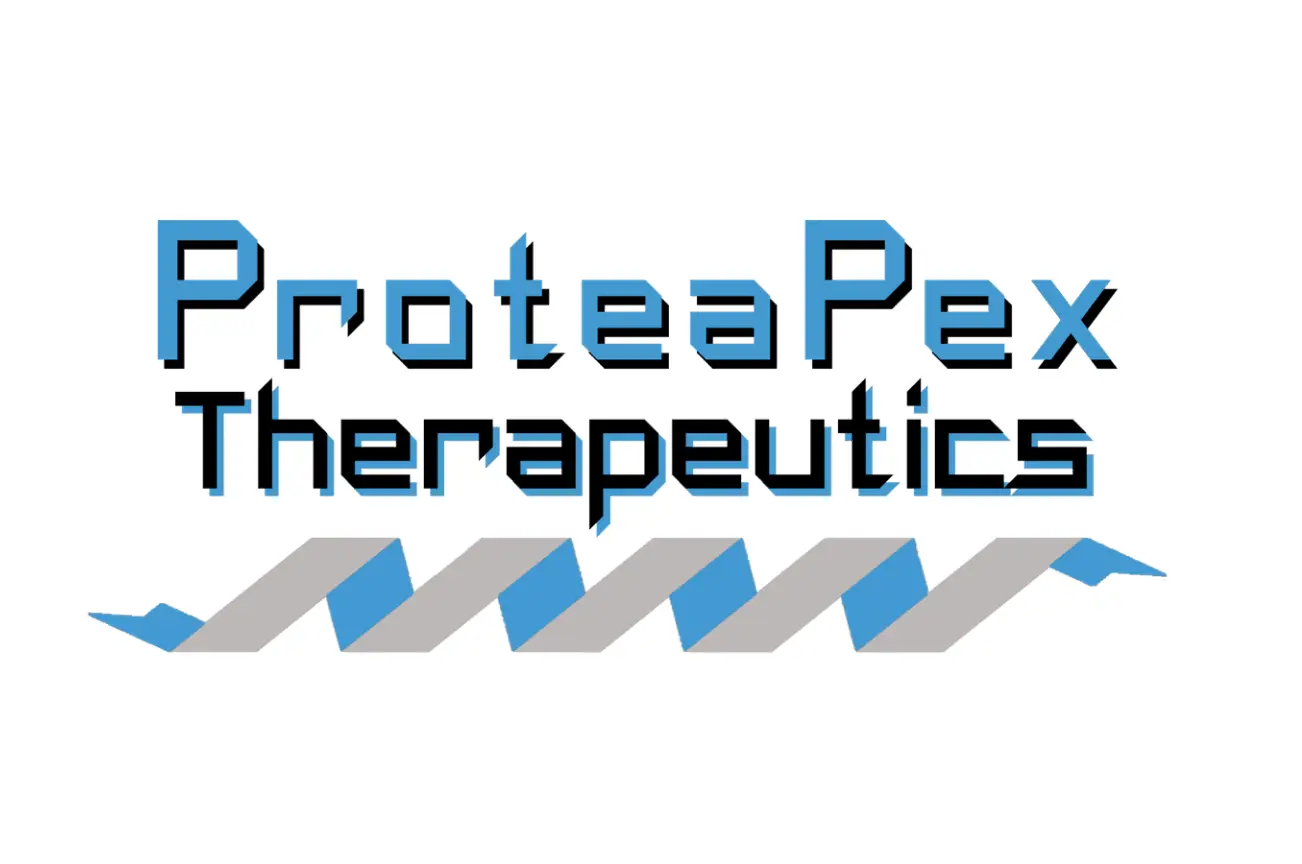ProteaPex Therapeutics
Innovations in Human and Companion Animal Health
ProteaPex Therapeutics was founded in 2011 by Marina D'Angelo, PhD. Dr. D'Angelo has more than 30 years of experience studying the scaffold for cells
and tissues called the extracellular matrix (ECM), and how its degradation leads to
disease.
 In addition to her 20-plus years as a faculty member at Philadelphia College of Osteopathic
Medicine (PCOM), Dr. D'Angelo has held appointments at the University of Pennsylvania,
Temple University and Cooper School of Medicine at Rowan University.
In addition to her 20-plus years as a faculty member at Philadelphia College of Osteopathic
Medicine (PCOM), Dr. D'Angelo has held appointments at the University of Pennsylvania,
Temple University and Cooper School of Medicine at Rowan University.
Dr. D’Angelo and her colleague, Abdulhafez Selim, MD, PhD, invented a novel approach
to preventing degradation of the ECM using peptides to block the binding of matrix
metalloprotease enzymes. Encouraged by being a finalist in the Science Center’s QED
competition, she assembled a team of experts to create ProteaPex Therapeutics. The spinout company holds a global license agreement with PCOM.
ProteaPex Therapeutics holds broad-based patents detailing the peptide-based disruptive
technology that can accommodate a platform of products with specificity for different
molecules of the ECM and tissues. Their technology platform covers a wide range of
applications to improve outcomes in degenerative diseases, wound healing and cosmetic
procedures.
ProteaPex Therapeutics’ lead molecule, Extracellular Matrix Protection Factor-1 (ECPF-1),
is an innovative disease modifying therapeutic technology designed to treat osteoarthritis.
An intra-joint injection of ECPF-1 is safe, reduces pain and cartilage damage, and
improves mobility in an animal model of osteoarthritis. ECPF-1 also has shown promising
results in cultures of osteoarthritic chondrocytes harvested from humans undergoing
joint replacement therapy.
The company is currently focused on developing locally delivered peptide inhibitor
therapeutics for other diseases, including periodontal disease (ECPF-2) and pulmonary
fibrosis (ECPF-3). ProteaPex Therapeutics' strategy for developing therapeutics is
to target the veterinary market first for an early exit that will provide supporting
clinical data for the human drug FDA application and financial support for the longer
commercialization path necessitated by developing a human therapeutic.

 In addition to her 20-plus years as a faculty member at Philadelphia College of Osteopathic
Medicine (PCOM), Dr. D'Angelo has held appointments at the University of Pennsylvania,
Temple University and Cooper School of Medicine at Rowan University.
In addition to her 20-plus years as a faculty member at Philadelphia College of Osteopathic
Medicine (PCOM), Dr. D'Angelo has held appointments at the University of Pennsylvania,
Temple University and Cooper School of Medicine at Rowan University.